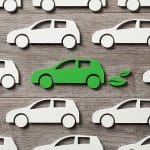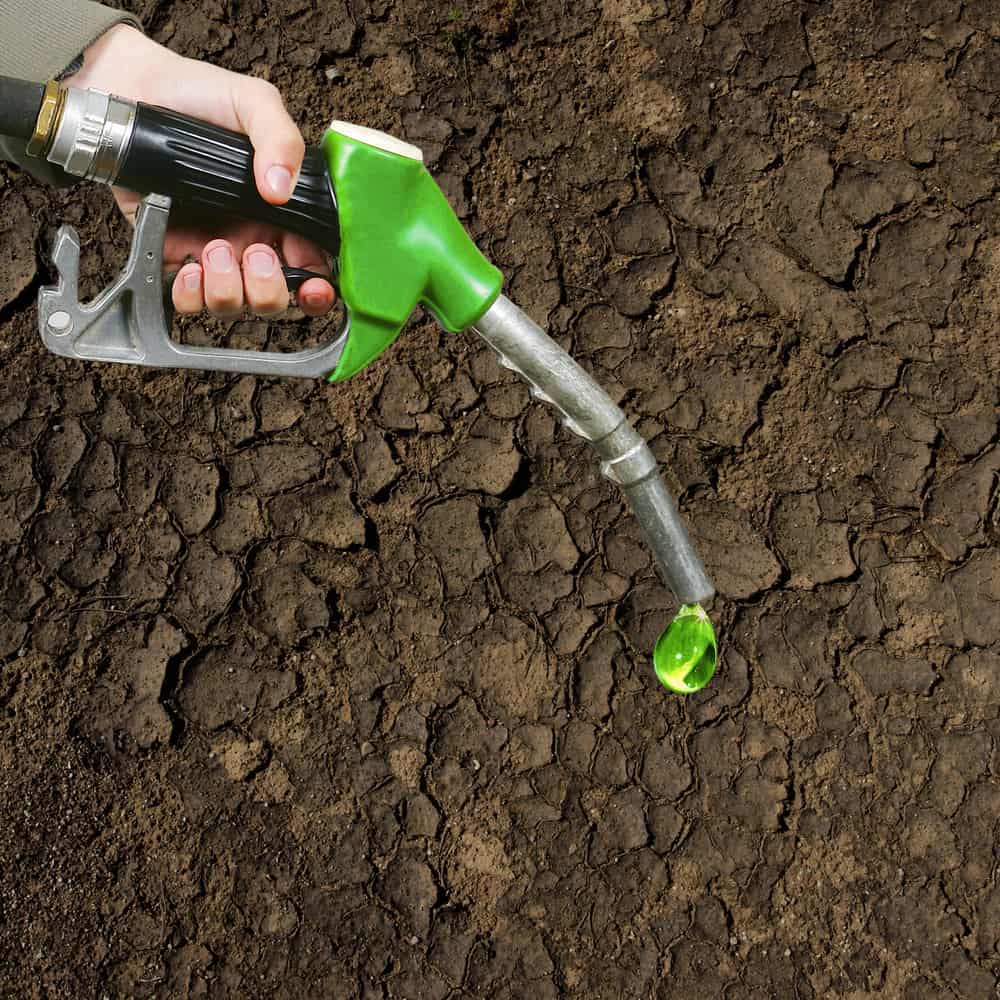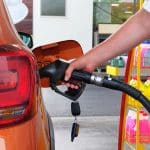
Cars. We simply cannot do without them. Transport and travel, both for business and pleasure, is now a cornerstone of modern life. However, since ecological issues became more of a concern in the 1980s, with media and public attention growing year in year out, there has been considerable pressure for the motoring industry to change its gas guzzling ways.
Now more than ever we are seeing the fruits of manufacturer’s recent labour. There has never been a time when the car industry has been more rapidly moving towards a cleaner and greener vision. With many different aspects of production and power evolving dramatically, this article explores some of the most prominent and recent advancements.
Hybrids moving ahead
Over the past five years hybrid sales have soared across Europe, whilst market experts report that this success is likely to be echoed across Asia in the coming years. Thanks to an industry push to create more attractive, economical and ecologically sound motoring, it now appears that the world could embrace this new technology and fall out of love with oil and petrol.
There are even high end hybrids on their way, with manufacturers like BMW and Audi insisting there is a market for such vehicles. Audi’s Q6 e-Tron and e-Tron Quattro are likely to lead the way with the company claiming that it expects around 20-30% of its market to be composed of hybrid and electrically powered vehicles.
Better batteries
Until now electrically powered cars with zero emissions have always been restricted by the limited range offered by the batteries. The technology is improving, with Nissan producing a new version of their Leaf car with double the comparable battery power of previous models.
News of this advancement was released in early 2016, giving the car an average available range of around 160 miles. With the current demand for electrical vehicles expect this number to only increase as competition hots up to deliver serious range capability.

Parts out of pollution
Ford, one of the world’s largest vehicle manufacturers, has been working with leading universities and companies to turn CO2 into recyclable foam and plastic. Whilst current versions of the materials are not strong enough to be considered for commercial production, it’s only a matter of time – industry experts are speculating around the 5 year mark – before we see this eventuality.
Green tyres
Current tyre manufacturers are attempting to make new kinds of products that reduce rolling resistance. Did you know that 5-15% of all fuel consumption in cars is overcoming this inertial force? With new computer controlled creation technologies, new designs are being created for increasingly energy efficient tyres. Additionally tyre materials are also under the microscope with companies like Bridgestone producing a tyre from 100% naturally grown materials.
And seats
It’s no surprise that the innovative Japanese manufacturer, Nissan, isn’t stopping with their clever battery tech. Always seeking methods of creating a more ecologically sound car, they’ve now started making seats out of plastic bottles, again in the Nissan Leaf.
This kind of innovation shows that contrary to pre-millennium opinions, it is actually increasingly likely that one day we will see a completely green vehicle on our roads, with little to no carbon footprint.
Flying Cars
When it comes to fuel efficiency, there’s no better way to travel than in a straight line. How much fuel is wasted revving your engine on a hill start or performing the rush hour crawl around city streets in first and second gears?
This is where the new AeroMobil flying car enters the picture. Able to take you straight to your destination without all those twists and turns, this could well be the mode of transport in the future for increasingly desperate petrol-heads looking to get their real speed rush.

Electric vs hybrid
According to some sources within the motoring industry press, there has been a downturn in business for the Toyota Prius. Whilst this vehicle was once the flagship for a green driving revolution it is now apparently being left behind as more owners opt for plug in technology.
Some say this move demonstrates that the green contingent in the motoring sector are consistently prepared to take on new technology, instead of simply holding loyalty to a particular make or model of vehicle.
Cars – lite
The lighter a car, the more efficient the ride. It’s a simple equation that’s lead to the stripping down of many redundant elements in today’s vehicles. As we move toward autonomous vehicles that are controlled by computer systems there is less need for steering systems, gearboxes and complex control and monitoring outputs.
All of this can be delivered through an emergency override console and screen, making cars a whole lot less weight to push along the road, which ultimately means better energy efficiency.
Additionally cars are increasingly being constructed from lightweight components, another factor that can increase the efficiency of the vehicle without having to dynamically alter the power and drive systems.
Solar powered cars
China’s Hanergy, known in the West for teaming up with Aston Martin to create a solar powered race-car in 2012, has recently announced not 1, but 5 solar powered cars.
These compact vehicles use Hanergy’s thin film solar PV, allowing them to emit zero waste gases as they can be entirely powered by the sun. With advances in battery technology, we are also speculating that they will have the facility to store energy gathered in the day for use at night.

Hydrogen cell cars
Whilst hydrogen powered cars are extremely attractive to the industry, there has often been a move away from the technology due to the complex machinery needed to support such vehicles.
Now a number of cities in Germany, Japan and the USA are serving as lighthouse regions where outlets are being created to support the necessary infrastructure to provide hydrogen. This is in no small part due to the co-operation between fuel providers, car manufacturers and authorities, all coming together to create environmental change.
Parking
With the rise of autonomous vehicles, squeezing into a parking space could well be a thing of the past. In fact, there’s a good chance that you’ll be able to stack more cars into a tighter area. This means that car parks will occupy smaller spaces and will allow for less on the road parking. Drivers will drop their cars off at above ground collection points and cars will be shuttled down to be stacked up in underground lots.
And finally…
All of this change within the industry points to one conclusion. That society can adapt quickly, effectively and economically to the unexpected challenges thrown up by nature. Within the next 30 years we could see cars that are designed to never wear out, only requiring upgrades to the computer hardware, providing us with the transport we need without the huge cost to the environment.










.png)